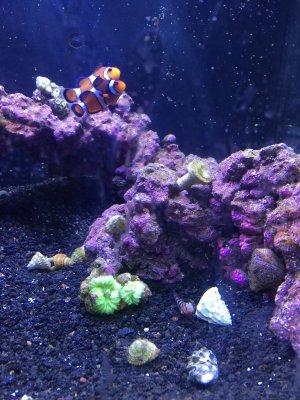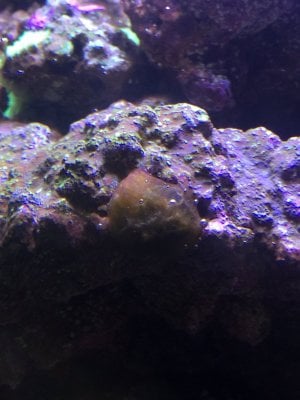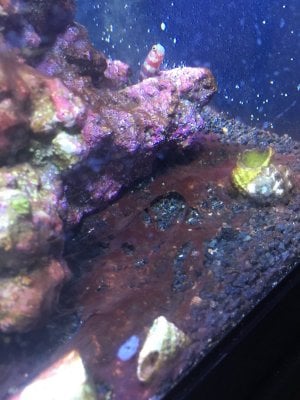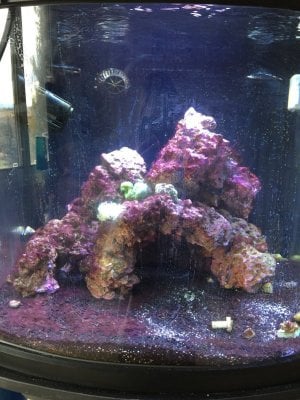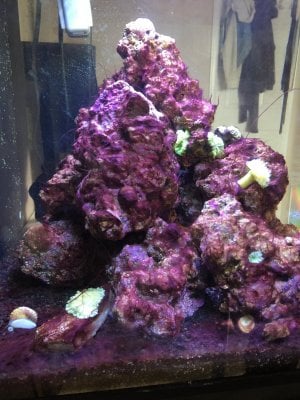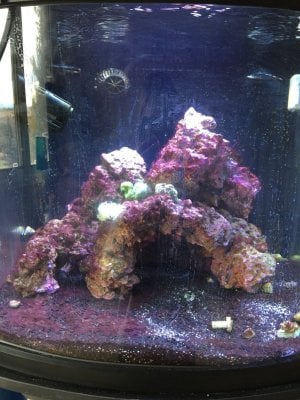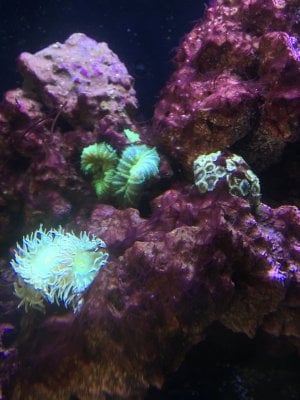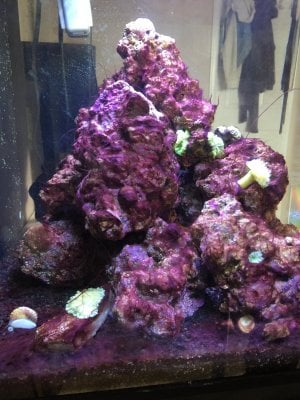- Joined
- Oct 21, 2019
- Messages
- 56
- Reaction score
- 21
I’m new to saltwater and bought a reef aquarium that’s a few years old. There is a horrible reddish stuff growing over everything which I’m guessing is Cyanobacteria. A worker at my LFS said it was probably due to the black sand. I really hate the look of the black sand in there anyway and am wanting to put in a light colored sand. If I remove everything and save the current water in it (everything but sand in buckets), can I remove all that sand and replace it with other sand? Do you suggest live sand, nonliving sand, or a mix? Is this safe to do and if so how should I do it? Thanks! I’d really appreciate any advice!






